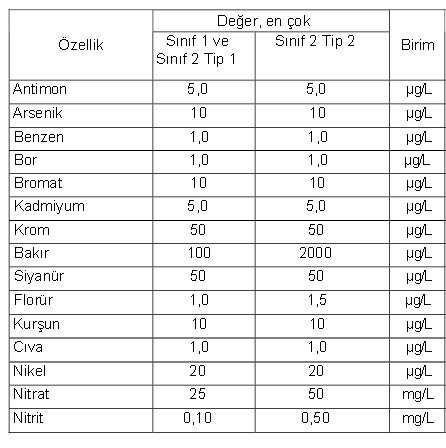The sources and effects of these ions and heavy metals are as follows:
Barium: Barium salts are generally used in the paper and paint industries. The allowable limit for barium in water is 1 mg/L. If this limit is exceeded, it can cause kidney and circulatory disorders in living organisms.
Chromium: Chromium is used in chromium plating, chromium oxide production, and catalyst manufacturing industries. It can cause skin diseases and liver disorders.
Copper: Used in various fields. Even below 1 mg/L in surface waters, it can have toxic effects on aquatic plants.
Nickel and Cobalt: Used in electrolytic plating. In high doses, they may cause cancer.
Cadmium: When limits are exceeded, it can cause high blood pressure and kidney diseases in living organisms.
Lead: Used in pipe, paint, and battery industries. It can cause infertility, brain, and kidney disorders.
Mercury: Found in some paints, flooring and furniture polishes. Used as an additive in the production of plastic, paper, and fabric.
Arsenic: A naturally occurring element commonly found in natural waters. Its natural level is 20 ppm. Arsenic toxicity differs from that of other elements. Arsenic is used in mining and metallurgical industries. Occasionally, arsenic may also enter water sources due to the use of arsenic-containing pesticides.


